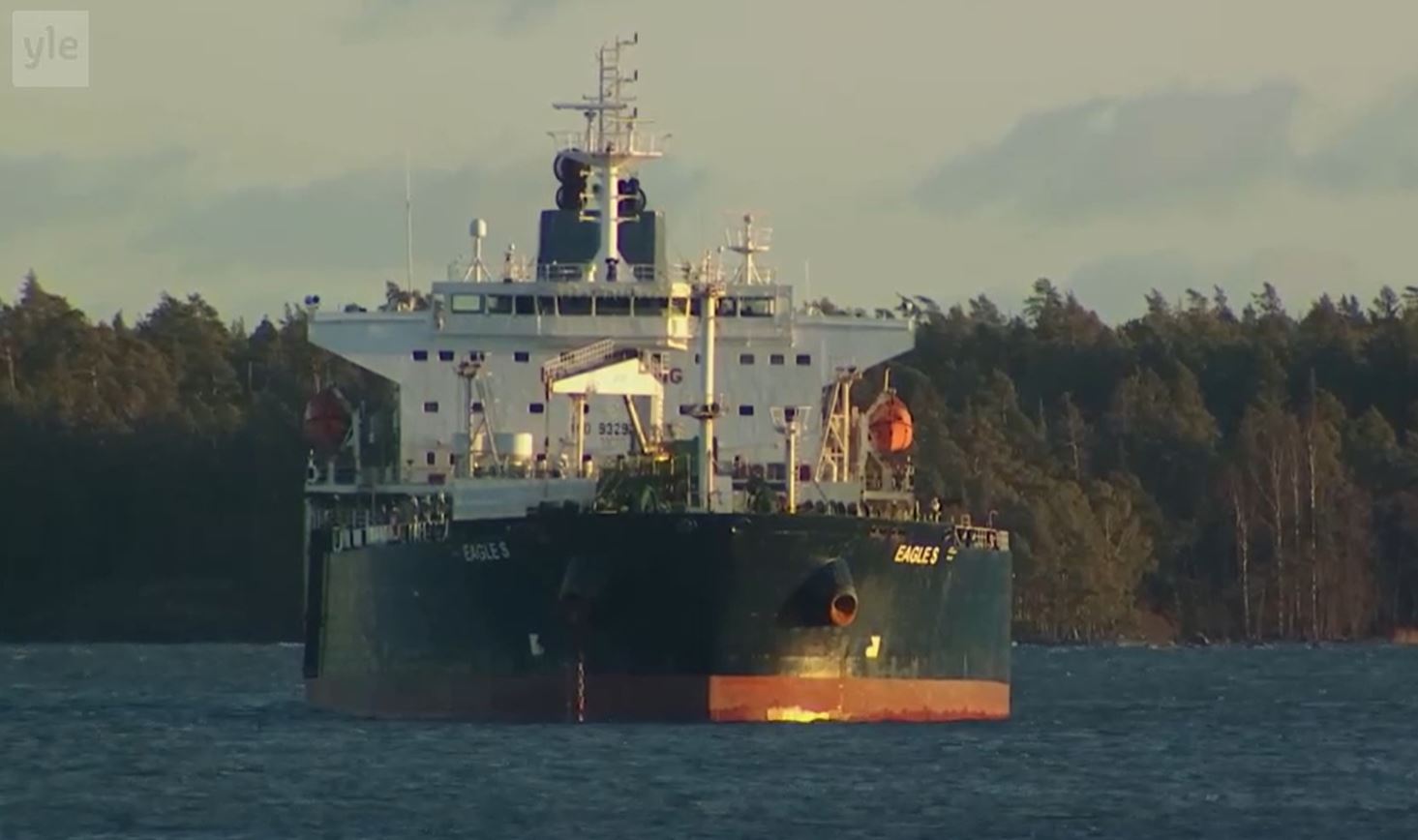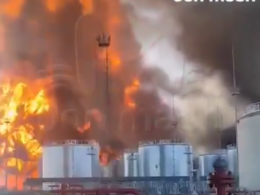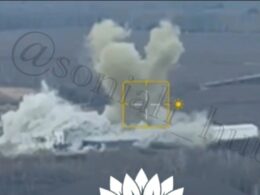European nations are stepping up efforts to seize Russian oil tankers operating in the Baltic Sea, Politico reports. This shift in strategy follows a high-profile operation by Finnish authorities in December 2024, when they seized the Eagle S, a ship suspected of sabotaging a subsea power cable connecting Estonia and Finland.
In 2022, the EU banned all Russian oil imports and, with the G7, imposed a price cap on Moscow’s crude sales to cut Kremlin revenues after its invasion of Ukraine. However, Russia quickly found ways to bypass these measures, with its shadow fleet—often relying on dubious insurers—now accounting for up to 17% of the global oil tanker fleet.
The Eagle S was carrying 100,000 barrels of oil from Russia’s St. Petersburg when Finnish authorities detained it after a dramatic operation involving the navy, coast guard, and police. The ship remains under investigation for its role in severing the Estlink2 subsea power link, which has fueled concerns over Russia’s growing influence in the region.
In response to Russia’s ongoing evasion of Western sanctions, European officials are now considering large-scale operations to target the vessels in the Baltic. According to two European Union diplomats and government officials, discussions are focused on using international law to seize Russian tankers, either on environmental or piracy grounds. The aim is to disrupt Russia’s ability to export oil, which remains a critical source of funding for the Kremlin’s war in Ukraine.
“Close to 50% of sanctioned trade [in Russian seaborne oil] is going through the Gulf of Finland,” said Estonia’s Foreign Minister Margus Tsahkna.
He pointed to the environmental threats posed by these tankers, which are often decades old and prone to accidents. “We cannot block all the sea, but we can control more … There are lots of opportunities.”
The shadow fleet, a network of aging vessels with questionable ownership and insurance, is a key tool for Russia to bypass the sanctions and keep its oil exports flowing. According to Isaac Levi, an expert at the Centre for Research on Energy and Clean Air, the shadow fleet now transports over 80% of Russia’s crude oil.
“Without attacking the shadow fleet, [Western allies] enable Russia’s main source of income,” Levi said.
European leaders are also exploring how to seize vessels that threaten critical undersea infrastructure, as Russia has been accused of deliberately damaging power cables. The Baltic Sea has become a hub for these illicit activities, as tankers loaded with Russian oil travel through the Gulf of Finland before heading out to the wider oceans.
While there is momentum to take action, the legal and logistical challenges are significant. International maritime law complicates the ability to seize vessels operating in international waters, especially beyond a country’s territorial waters. The Eagle S case has shown the difficulties of detaining a ship operating just outside national boundaries. Finnish authorities initially dropped their investigation into the vessel’s sanctioned cargo, but they are still looking into its role in damaging the subsea power cable.
Legal experts warn that unilateral actions to seize ships could result in significant financial and political costs.
“It’s absolutely going to be challenged under international law,” said Isaak Hurst, an attorney specializing in maritime law. “Politically, it’s just a hot mess.”
Despite these hurdles, European officials remain determined to find a way to disrupt Russia’s oil exports.
“We have enough opportunities to act more decisively … and we are going to do it at the EU level,” Tsahkna concluded.
Read more:
- Russian shadow fleet’s Eagle S remains under arrest as damage claims mount
- “Ethical line is very thin”: Western firms pocket $ 6 billion selling old tankers to Russia’s shadow fleet despite sanctions
- Barbados and Panama to remove flags from 114 Russian shadow fleet tankers







